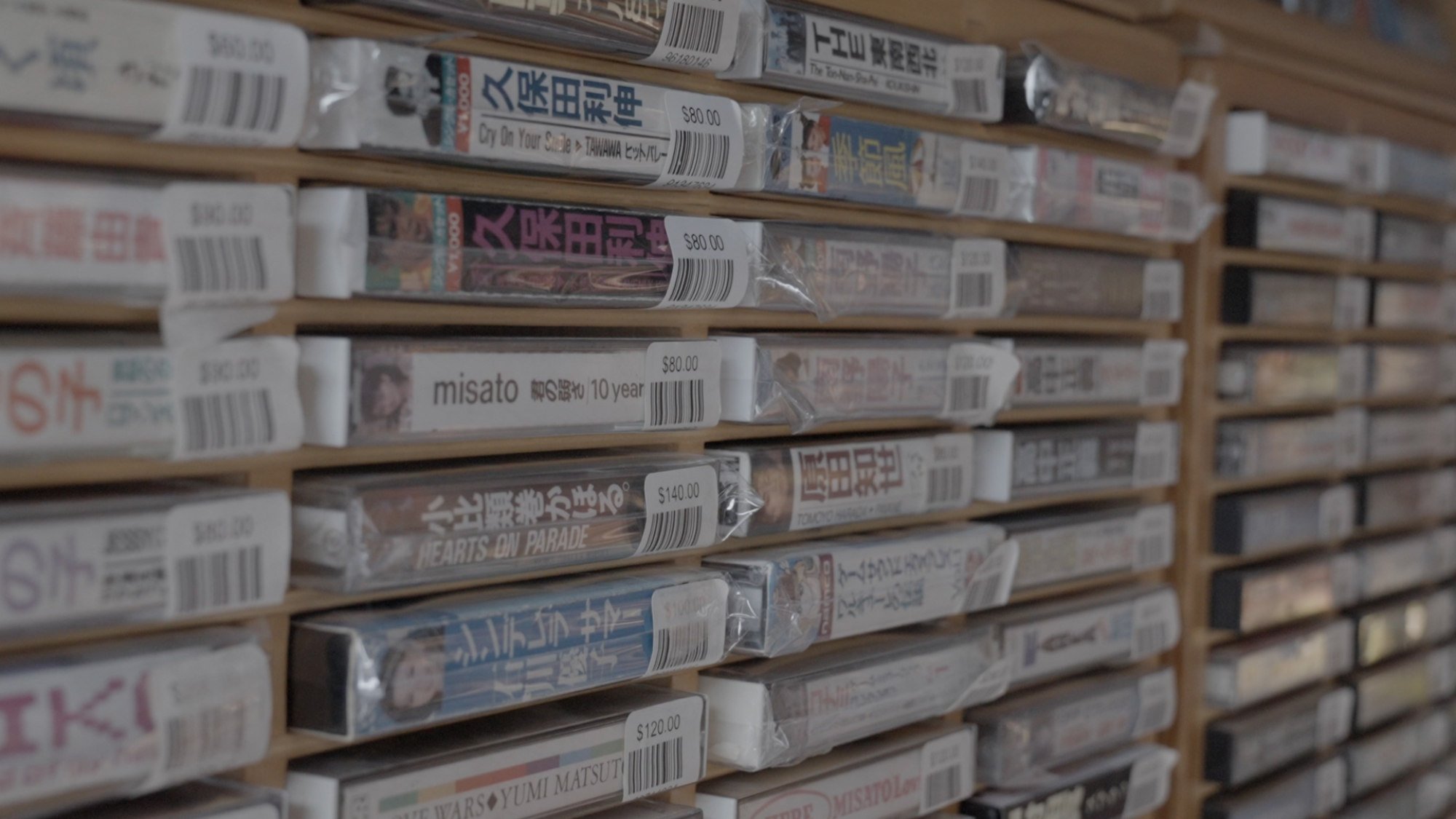It is the centre of a growing genre of electronic music that remixes the sights and sounds of 1980s Japan into an energetic, dance-floor-ready style called “future funk”.

“Nostalgia is a really big part of the whole future funk community,” says Davy Law, owner of Showa City Club and Neoncity Records, a home-grown label run out of the same space that has released albums by most of future funk’s biggest stars, artists like Macross 82-99, Yung Bae and Night Tempo.
The earliest iterations of future funk relied heavily on samples of 1980s Japanese pop hits – a genre that is today loosely collected under “city pop” and includes artists like Anri, Junko Ohashi and Mariya Takeuchi, whose song “Plastic Love” launched the whole city pop revival.
The breezy, soft rock styles of city pop found a new audience outside Japan as a younger generation of fans, many of whom grew up consuming Japanese pop culture through anime and video games, rediscovered the genre on YouTube decades after the songs were initially released.
“The real sort of breakout moment for it is Mariya Takeuchi’s ‘Plastic Love’,” says Patrick St Michel, a Tokyo-based music journalist.
In GIs’ footsteps: a hub of underground music in South Korea
In GIs’ footsteps: a hub of underground music in South Korea
“For whatever reason, the YouTube algorithm starts picking it up and people are really struck by both the groove, the beat of it, and also this sort of [melancholy] and nostalgia that lurks within.”
Soon, fans of city pop were remixing the songs into tracks that would come to define the early days of future funk.
“If not for city pop, future funk would not even exist,” Law says.
These early future funk producers shared their songs on YouTube, often accompanied by short clips from classic anime series edited into a loop.
The songs became popular among fans of vaporwave, another internet microgenre that mined a similar vein of nostalgia but produced a moodier, more downtempo sound.
“Future funk happened on the internet,” Law explains. “It started from a SoundCloud, indie thing to [become] nowadays a really big, major music style.”
Future funk music makes people happy. When you listen to it, you just want to dance and forget about all the sad things.
“Future funk and the whole city pop revival has actually, to a degree, changed the Japanese music industry,” St Michel says.
“Before, the image of the Japanese music industry was very old-fashioned. Companies and talent agencies were very afraid of the internet – very famously you could only watch like 30-second music videos of J-pop acts back in the day.”

A big part of future funk’s continued growth is because of the efforts of Hong Kong’s Neoncity Records. Law started the label by releasing cassette tapes of early future funk albums, laying the foundations for what would become the formative years of the genre.
“Not a lot of future funk artists were releasing their music on physical formats,” Law says. “The first cassette tape we released for Night Tempo is called Fantasy. That one sold really well and we had to re-press it and everything started from there.”
Fantasy has since been released five times, in three different physical formats, by Neoncity Records.

The South Korean producer, whose real name is Jung Kyung-ho, has gone on to release some 17 albums, including with major labels like Universal Music Enterprises and Victor Entertainment.
Law, for his part, has remained humble about his importance to the genre. He has released his own future funk album, Hong Kong City Days & Nights, under the name Daviouxx, continues to DJ in Hong Kong and abroad and has expanded Neoncity into a future-funk-inspired fashion line as well.

“I’ve never planned to start a label or something,” Law says. “It was more like a hobby, you know, just DJing and partying with friends and playing music that we liked.
“Future funk music makes people happy. When you listen to it, you just want to dance and forget about all the sad things.”

